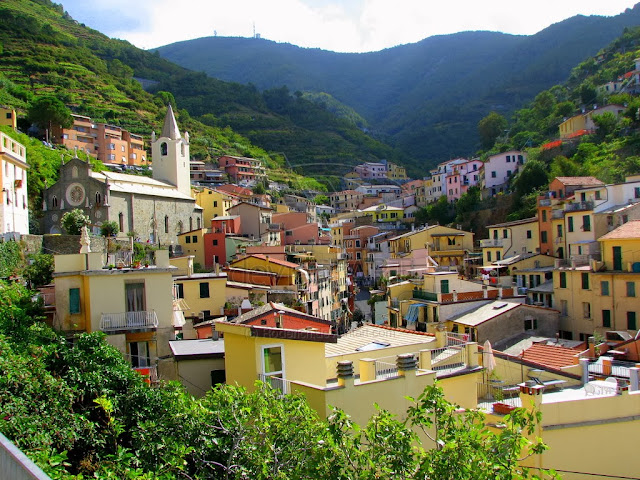Galapagos Islands, South America
The Galapagos Islands are a small archipelago of islands belonging to Ecuador in the eastern Pacific Ocean.
The islands are quite remote and isolated, lying some 1000 km (620
miles) west of the South American continent. The Galapagos archipelago
consists of 13 main islands and 6 smaller isles, which together embrace
some 50,000 sq km (19,500 sq miles) of ocean.
The Galápagos archipelago is world-renowned for its unique and
fearless wildlife- much of which was inspiration for Charles Darwin's
Theory of Natural Selection. The islands are therefore very popular
amongst natural historians, both professional and amateur. Giant
tortoises, sea lions, penguins, marine iguanas and different bird
species can all be seen and approached. The landscape of the islands is
relatively barren and volcanic, but beautiful nonetheless. The highest
mountain amongst the islands is Volcán Wolf on Isla Isabela, 1707 m
(5600ft) high.
The Galápagos were claimed by newly-independent Ecuador in 1832, a
mere three years before Darwin's visit on the Beagle. During the 19th
and early 20th centuries, the islands were inhabited by very few
settlers and were used as a penal colony, the last closing in 1959 when
the islands were declared a national park. The Galapagos were
subsequently listed as a World Heritage Site in 1978.
Strict controls on tourist access are maintained in an effort to
protect the natural habitats and all visitors must be accompanied by a
national park-certified naturalist tour guide.
The Galapagos Islands are:
- Baltra (an airport and military base)
- Bartolome
- Darwin & Wolf
- Espanola
- Fernandina
- Floreana
- Genovesa
- Isabela - the largest island
- Marchena
- North Seymour
- Pinta
- Pinzon
- Rabida
- San Cristobal
- Santa Cruz - the main island and population centre
- Santa Fe
- Santiago
- South Plaza
- Bartolome
- Darwin & Wolf
- Espanola
- Fernandina
- Floreana
- Genovesa
- Isabela - the largest island
- Marchena
- North Seymour
- Pinta
- Pinzon
- Rabida
- San Cristobal
- Santa Cruz - the main island and population centre
- Santa Fe
- Santiago
- South Plaza
Here is some videos from Galápagos Islands South American continent
LINKS:
http://www.traveldudes.org/south-america/ecuador/galapagos-islands
http://www.teckler.com/en/melvindi504/Gal%C3%A1pagos-Islands-South-American-continent-B-154523
http://www.eyrtrip.com/?p=58
https://www.flickr.com/photos/26046874@N00/galleries/72157625093600409/
http://en.wikipedia.org/wiki/File:Galapagos_Islands_topographic_map-en.svg
http://www.humboldtexplorer.net/galapagos-diving
http://www.youtube.com/watch?v=NKG2qH8778U
http://www.youtube.com/watch?v=TzAvFtQv3oQ
http://www.youtube.com/watch?v=I974jKrR4VQ
http://www.youtube.com/watch?v=PDUOEbFJrTQ
LINKS:
http://www.traveldudes.org/south-america/ecuador/galapagos-islands
http://www.teckler.com/en/melvindi504/Gal%C3%A1pagos-Islands-South-American-continent-B-154523
http://www.eyrtrip.com/?p=58
https://www.flickr.com/photos/26046874@N00/galleries/72157625093600409/
http://en.wikipedia.org/wiki/File:Galapagos_Islands_topographic_map-en.svg
http://www.humboldtexplorer.net/galapagos-diving
http://www.youtube.com/watch?v=NKG2qH8778U
http://www.youtube.com/watch?v=TzAvFtQv3oQ
http://www.youtube.com/watch?v=I974jKrR4VQ
http://www.youtube.com/watch?v=PDUOEbFJrTQ





































